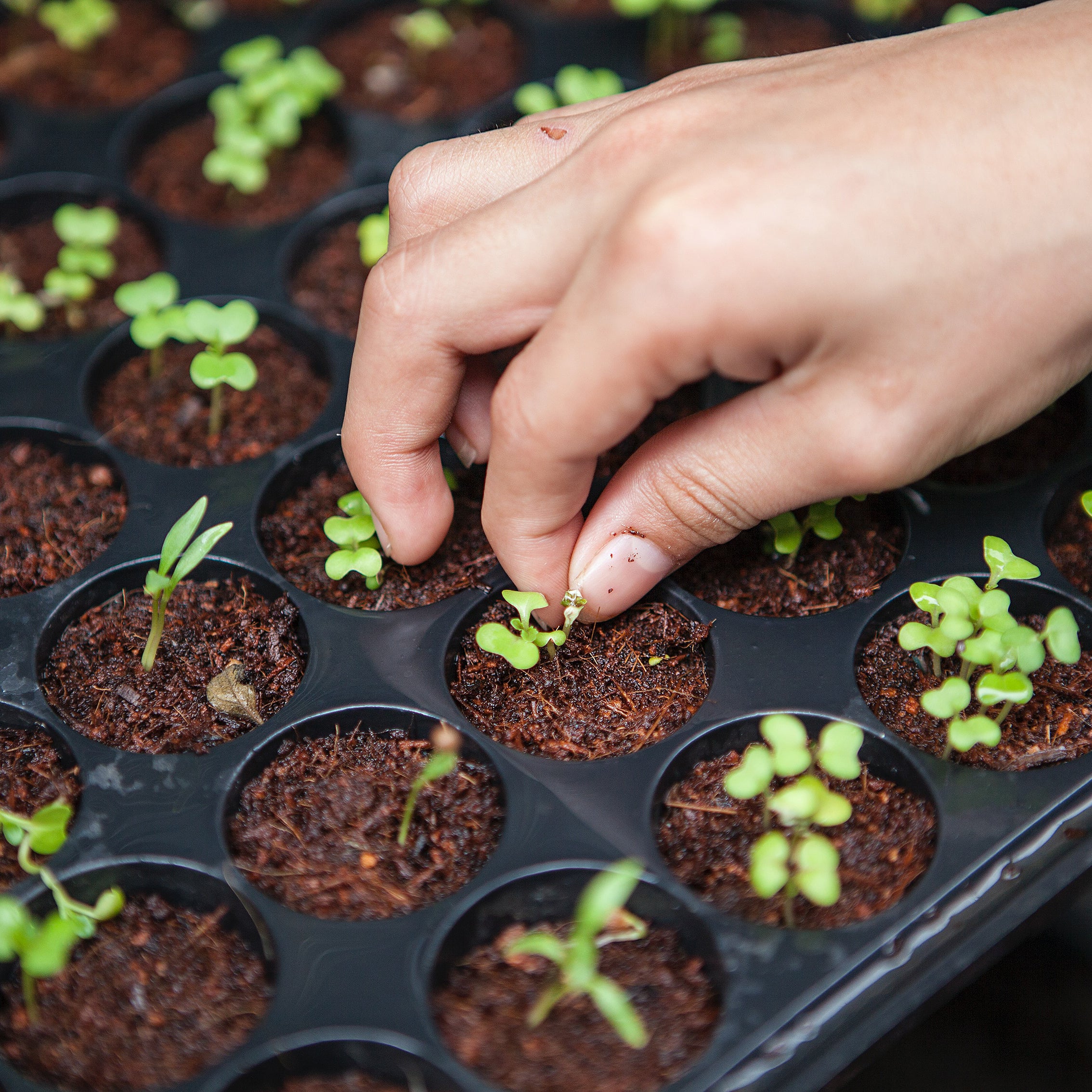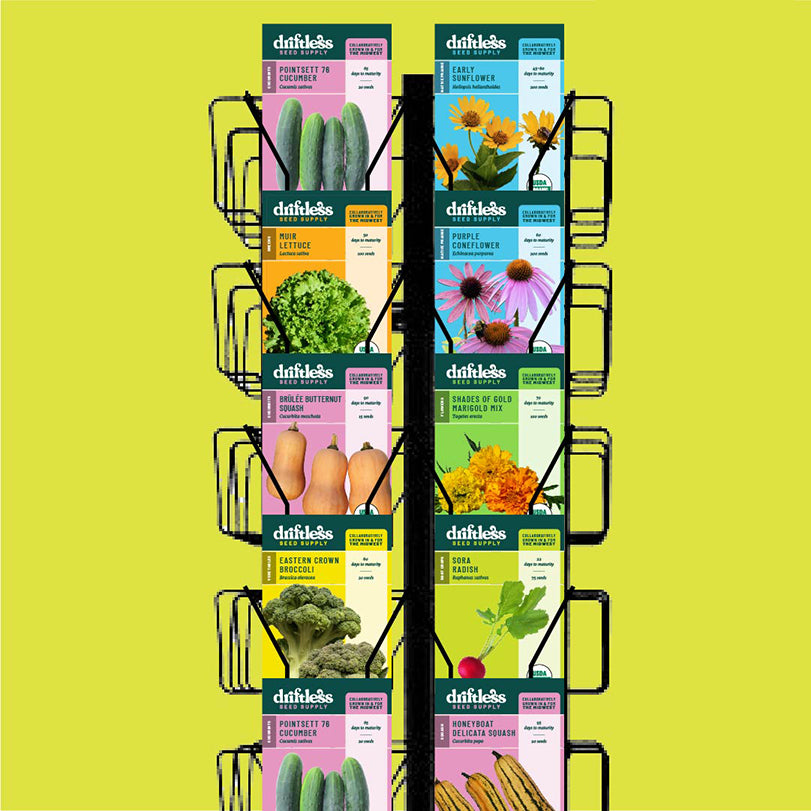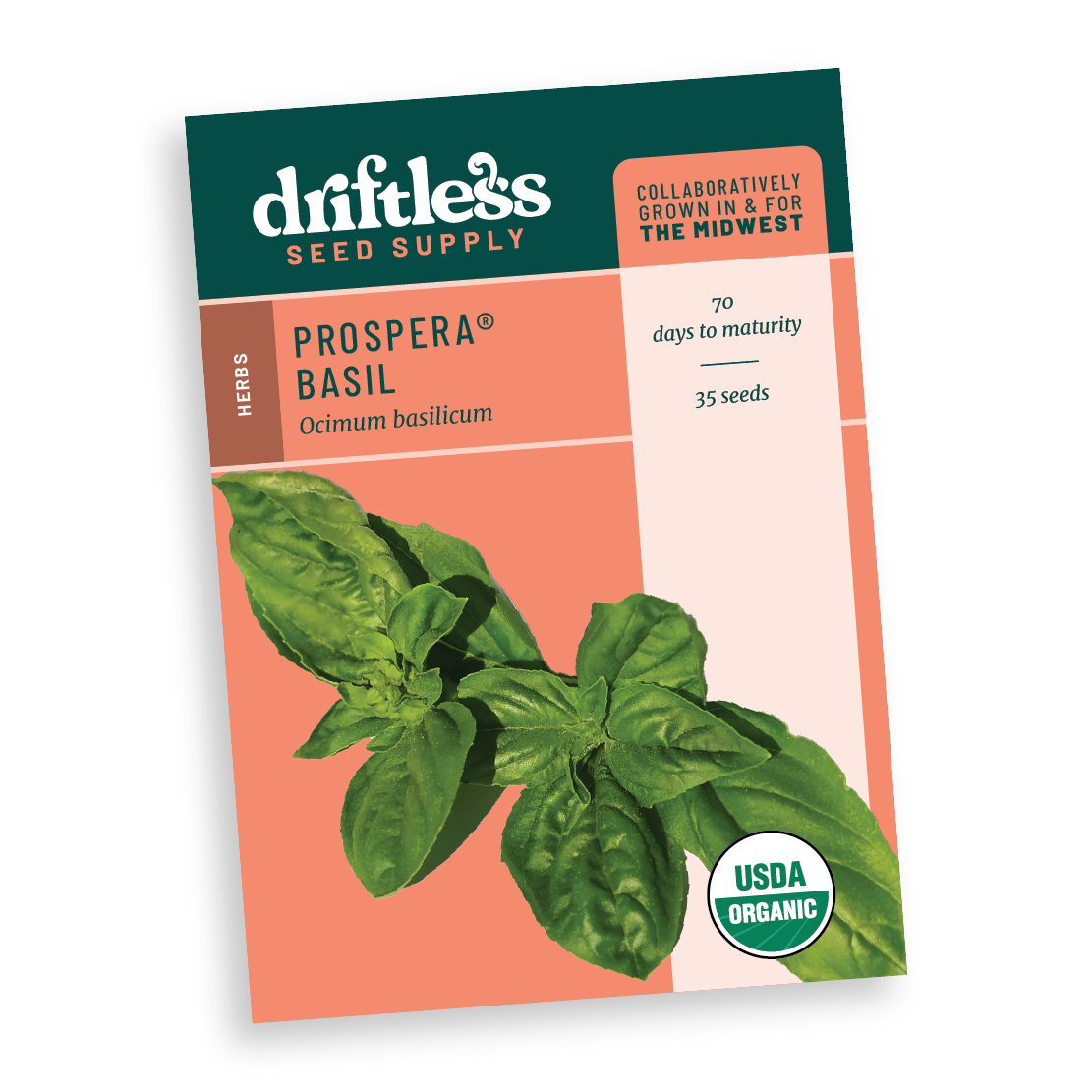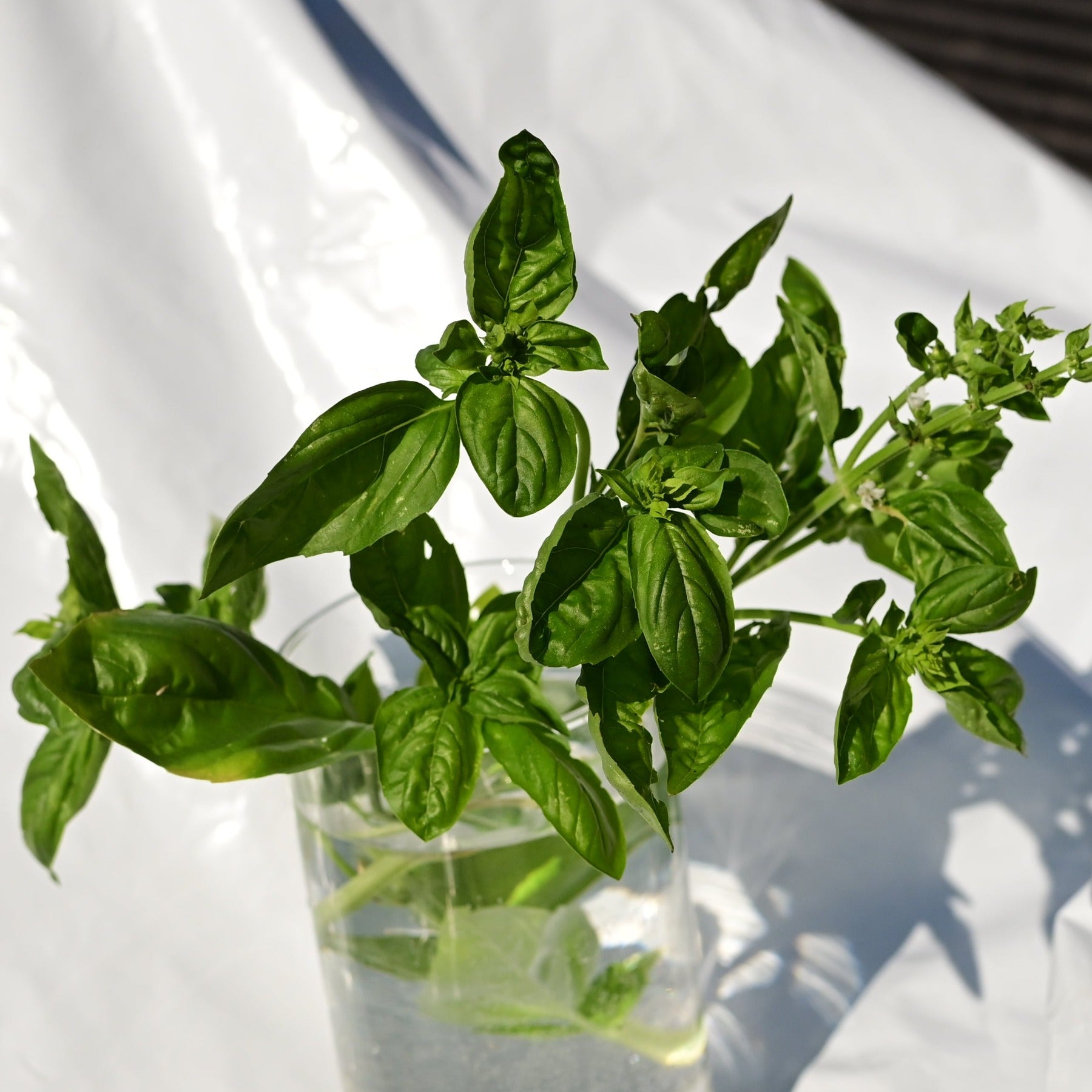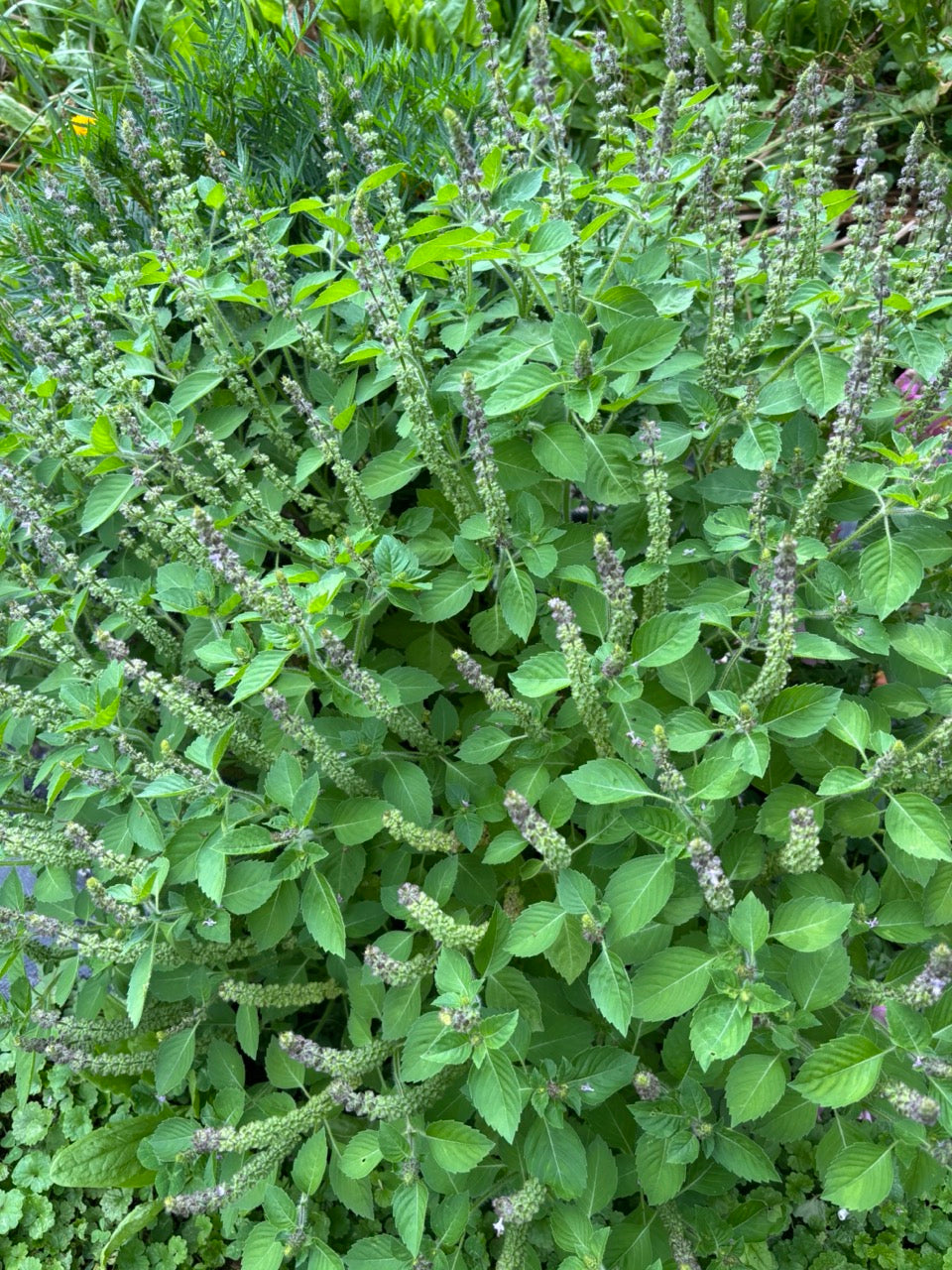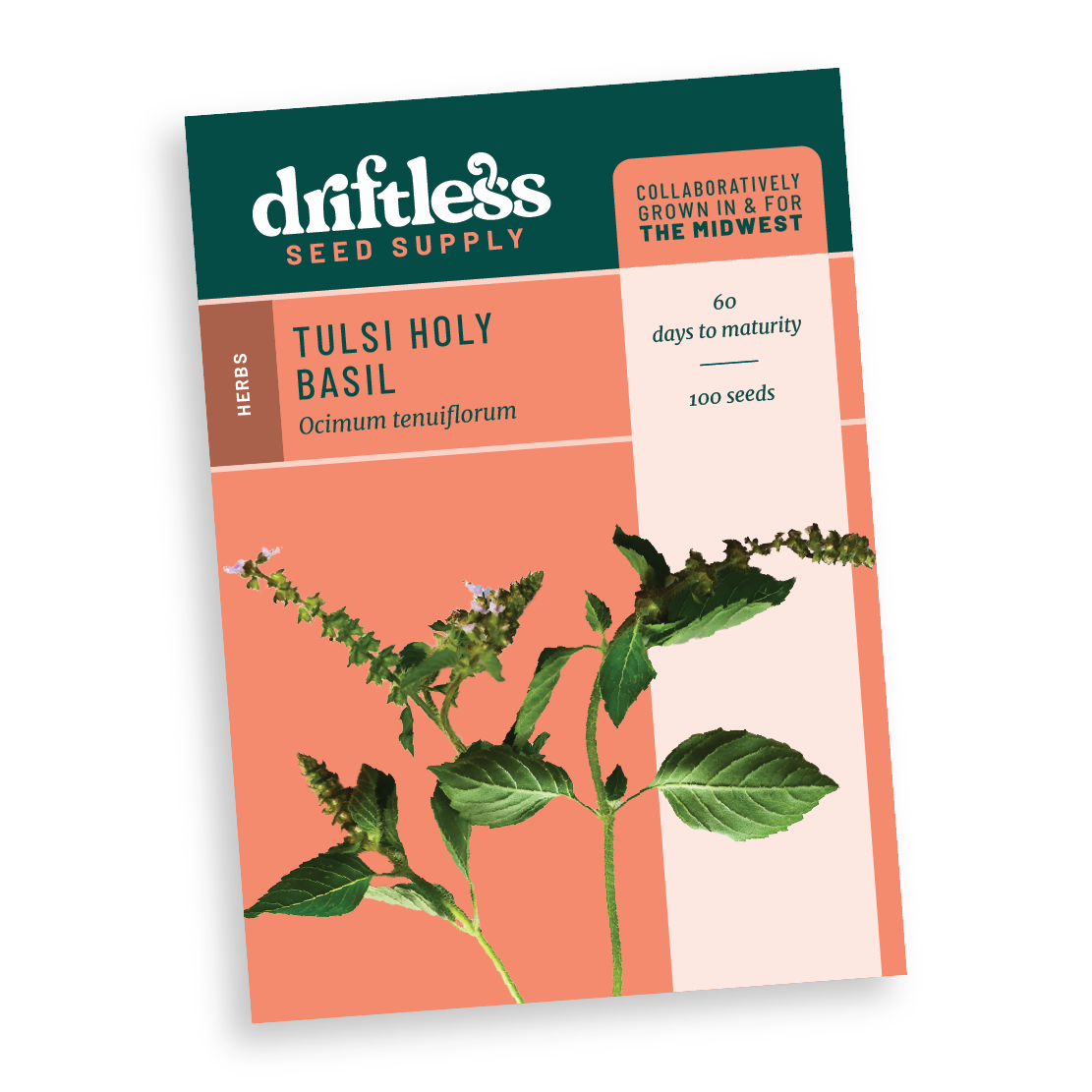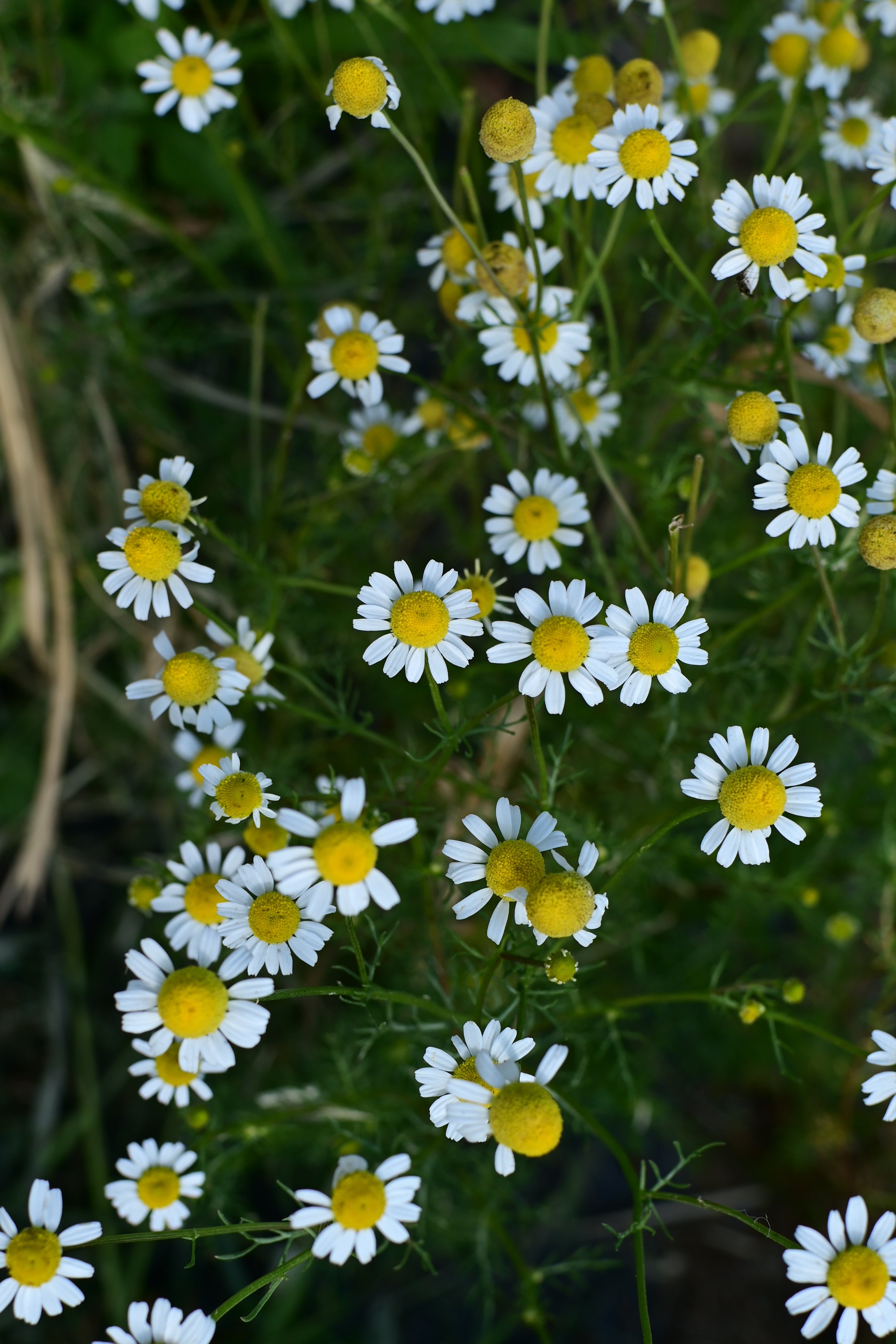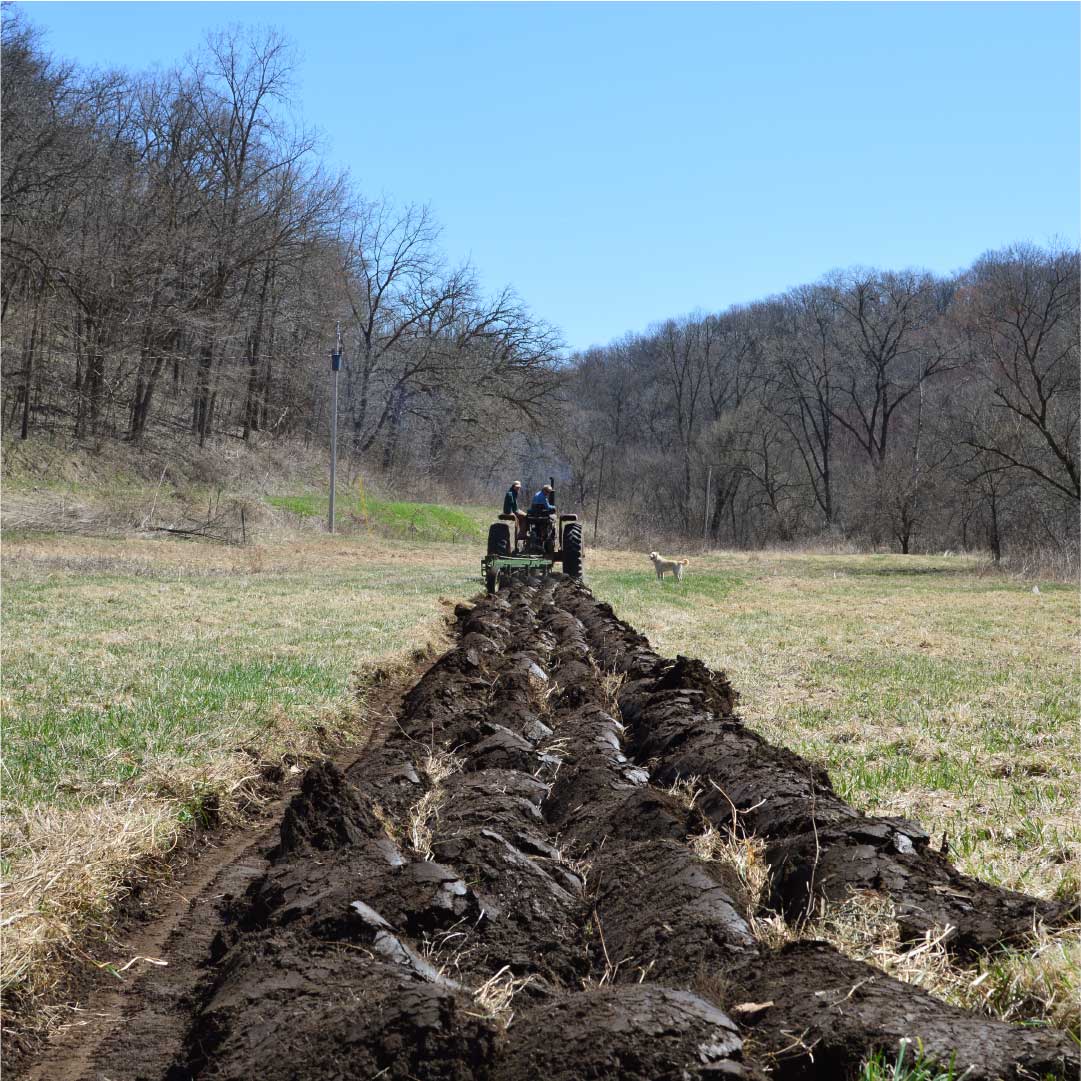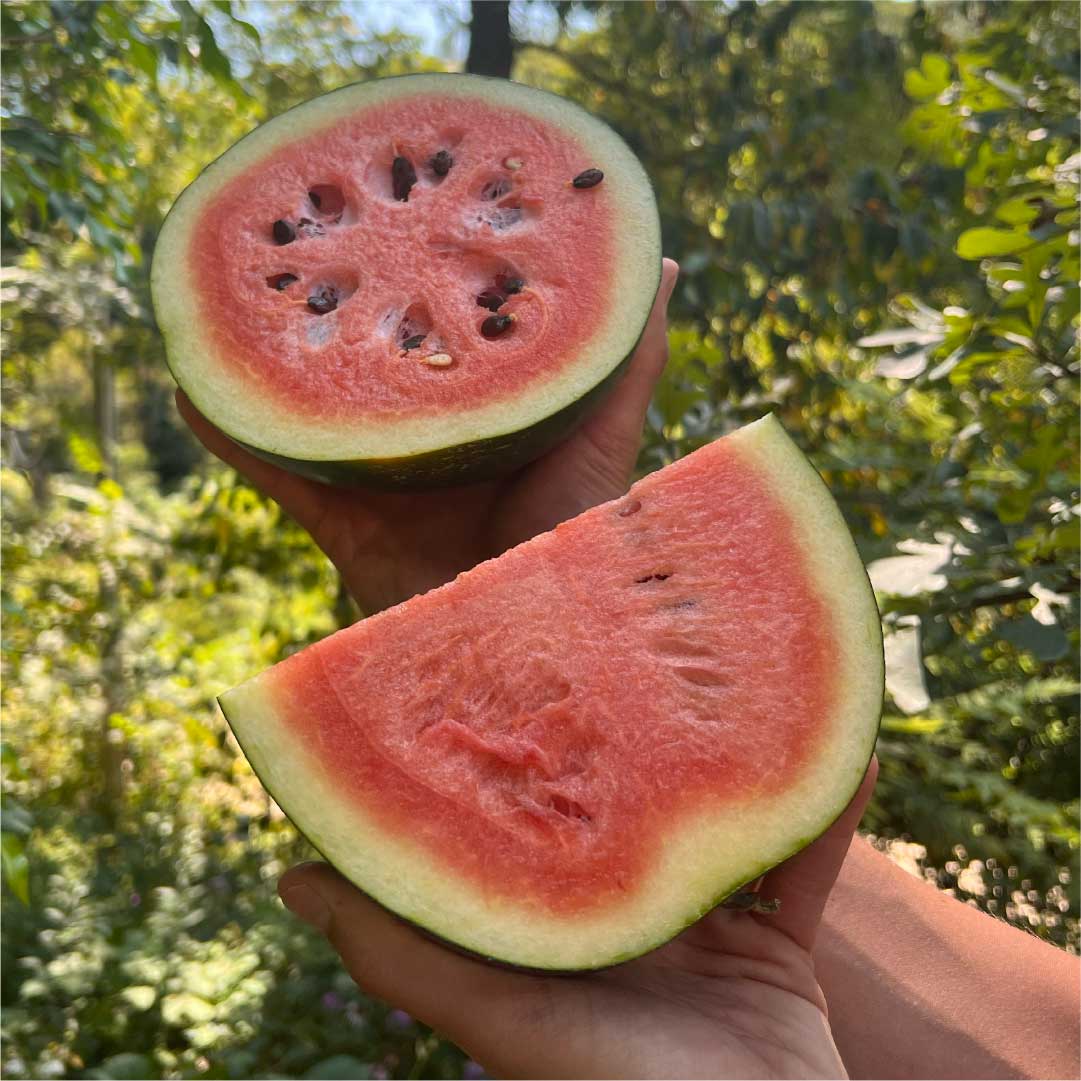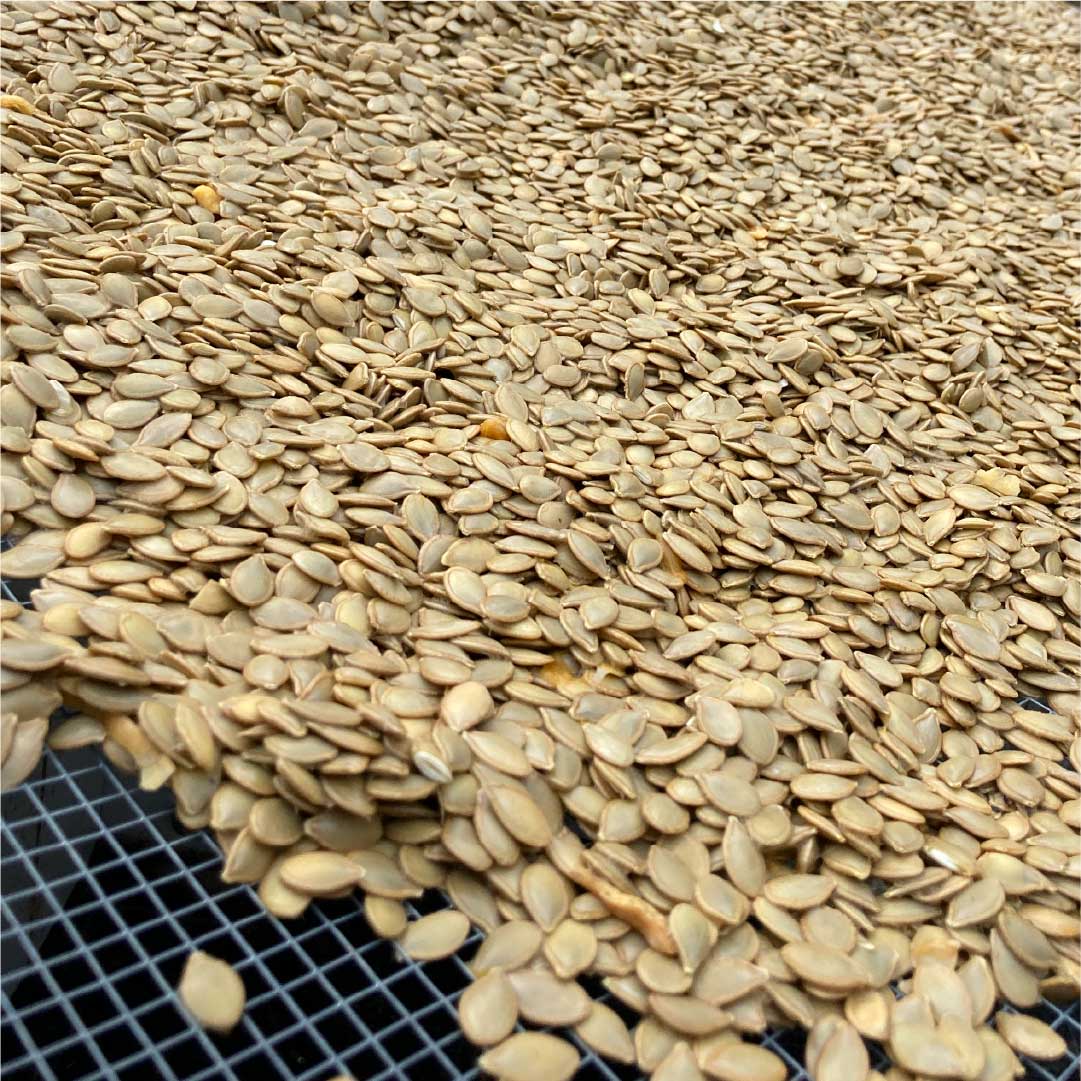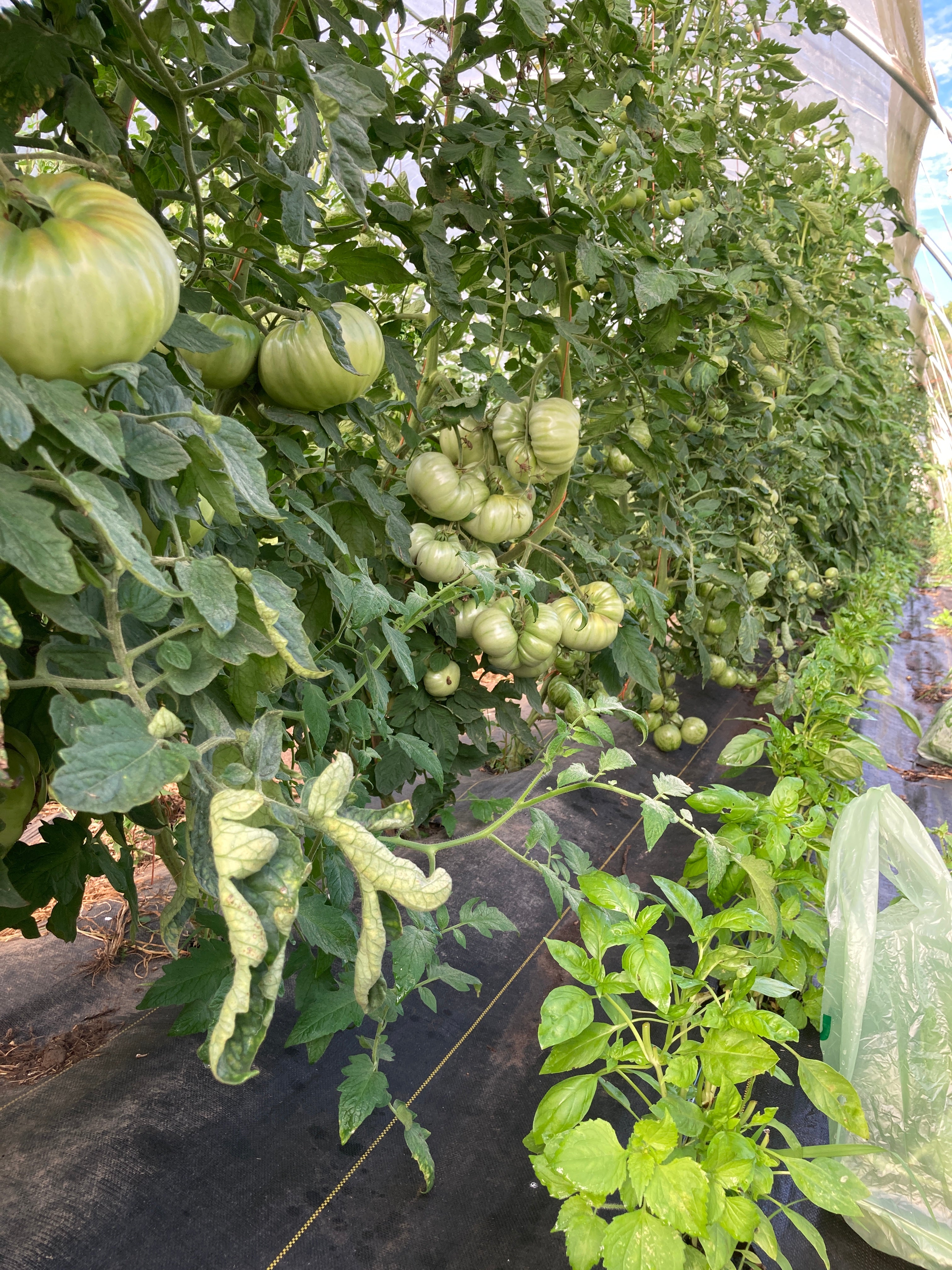
Driftless Seed Supply Grower Resources
Basil Growing Resource
Historical and Cultural Significance:
Basil, a key herb in many culinary traditions, originated in India and other tropical regions of Asia. It has been grown for over 5,000 years and plays a significant role in Italian cuisine and many Asian cuisines. Basil is not just valued for its flavor but also for its aromatic leaves and is often used in fresh and dried forms. Basil has been valued for its medicinal properties for centuries, particularly in traditional Ayurvedic and Chinese medicine. It is known for its anti-inflammatory, antibacterial, and antioxidant properties, often used to treat digestive disorders, skin conditions, and to provide relief from stress and anxiety. It is an excellent companion plant to interplant with other crops in your garden.
Site Selection and Soil Preparation:
- Soil Type: Basil thrives in well-drained, fertile soil.
- pH Range: 6.0 to 7.0.
- Sunlight: Prefers full sun, at least 6-8 hours of direct sunlight per day.
Planting: Timing, Spacing, and Depth:
- Direct Seeding/Sowing Indoors: Basil seeds can be sown indoors 4-6 weeks before the last frost date or directly seeded outdoors when the soil has warmed.
- Row Spacing: Space rows 12-18 inches apart, and plants 6-12” apart within rows.
- Seed Depth: Plant seeds 1/4 inch deep.
Irrigation:
Basil requires consistent moisture. Water the plants evenly to keep the soil moist but not soggy.
Fertilization:
- General Guidance: Basil benefits from regular fertilization. Use a balanced, water-soluble fertilizer every 4-6 weeks.
- Specific NPK Recommendations: Use a fertilizer with an NPK ratio of 10-10-10 or similar.
Pest and Disease Management:
- Pests: Common pests include aphids and Japanese beetles.
- Organic Control: Neem oil or insecticidal soap can be used against aphids. Handpicking or using floating row covers can manage Japanese beetles.
- Diseases: Basil is susceptible to fungal diseases like downy mildew and Fusarium wilt.
- Preventative Measures: Ensure good air circulation, avoid overhead watering, and practice crop rotation. Choose disease resistant varieties like Prospera®.
Harvest Recommendations:
- Harvest Time: Harvest basil leaves as needed. For the best flavor, harvest in the morning when the essential oils are strongest.
Post-Harvest, Handling, and Storage:
- Handling: Handle basil gently to avoid bruising the leaves.
- Storage: Store fresh basil at room temperature in a glass of water, like cut flowers. For longer storage, basil can be dried or frozen.
- Drying: Hang bunches of basil upside down in a warm, dry place with good air circulation. Once dry, store in an airtight container.
- Freezing: Blanch basil leaves, dry them, and then freeze in a single layer before transferring to a freezer bag. Alternatively, basil can be pureed with olive oil and frozen in ice cube trays.

